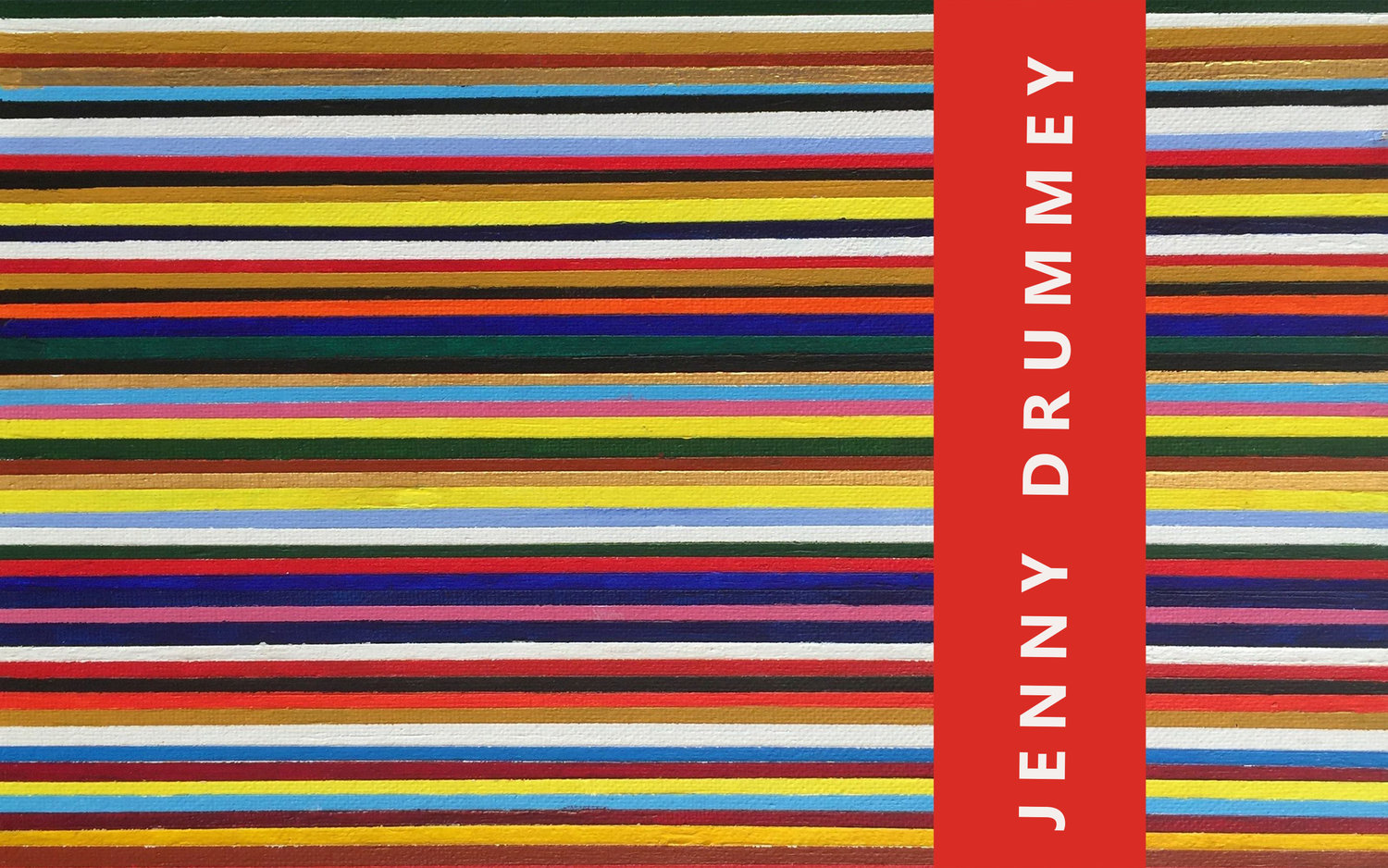I’ve been dipping into the fascinating Book of Barely Imagined Beings, a contemporary bestiary that often celebrates the squishy and undersized creatures, the ones that don’t inspire donations to conservation groups but are often vital to the planet’s survival. In it, there is this list of the names of diatoms:
The Tufty Table. The Marine Letter-stalk. The Oceanic Letter-stalk. The Arching Threadwand. The Musical Delight. The American Delight. The Double-rowed Surirella. The Norwegian Surirella. The Splendid Surirella. The Thinstriped Surirella. The Ovate Surirella. The Spiral Curvydisc. The Roundshield Curvydisc. The Sharpsandal Floretflank. The Elliptical Floretflank.
Whoa.
The All-seeing Furrowdisc. The Rayed Furrowdisc. The Eightfold Ray-cycle. The Cross Furrowdisc. The Engraved Piccolo The Subtle Toothdisc. The Ornate Spiderdisc. The Iris Colander.
A full list is available here.
The list was created by performance poet Will Holloway for an exhibition at the Museum of the History of Science in Oxford England called Small Worlds: The Art of the Invisible which ran from 2007-2008.
Through photosynthesis, diatoms produce a boatload of oxygen and scientists often use them as an indicator of ocean health. Just as important, these single-celled algae, a type of phytoplankton, are at the very bottom of the food chain for most of the ocean’s creatures.
As Richard B. Hoover wrote in an article for National Geographic called Those Marvelous Myriad Diatoms:
There is probably more available organic matter – in other words – food – contained in the world’s diatoms than any other living thing. Sometimes called the grasses of the sea, they are the main fodder for the little vegetarian animals, such as copepods and shrimplike krill,that make up the zooplankton community. These are typically consumed by small fish such as herring, which in turn become food for larger species. It requires several hundred billion diatoms to feed a humpback whale for just a few hours. Marine biologist N. J. Berrill estimates that it takes half a ton of diatoms to make a pound of seal. A pound of killer whale, a predator of seals, would require five tons of diatoms.
And they can be resurrected!
Diatoms can endure lengthy droughts. Recently, while studying the famous Van Heurck diatom collection in Antwerp, Belgium, I added water to diatoms that had been dried on paper in 1834. I was astounded when they began to swim – revived after nearly 150 years in slumber.
The diatom’s silica shells form intricate patterns that inspired artists and microphotgraphers alike. At two to two hundred millionths of a meter across, I can’t imagine the patience involved to depict them or get a clear picture (at least they don’t move).
Ernst Haekel (1834-1918), the German naturalist and artist (and author of the seminal Art Forms in Nature) created unparalleled illustrations of diatoms. The symmetry of the arrangements echo the symmetry of the hypnotic subjects.
John Diedrich Möller (1844 – 1907) was a microscopist who prepared slides of diatoms (besides being arranged artfully, they were also used to test microscope optics). His skill as a mounter was much admired and his slides are worth a lot to collectors. (Yes there are Victorian microscope slide collectors.) He would prepare collections of hundreds, sometimes thousands, of diatoms on one slide neatly in rows with a text identification below the specimen.
Champions of the game Operation have nothing on Möller. The work demanded such precision – what if he saw a misspelling in a diatom name? Did he fix it?
It takes a very steady hand indeed.
He never revealed the technique.
According to this website:
In the late 19th century, diatoms were arranged in “show preparations,” artfully arranged slides that showed either attractive geometric patterns or even pictures composed of diatoms, wing scales of butterflies and small hard parts of marine animals. The diameter of these works of art were less than 1 to 2 mm and so they were inspected with special low magnifying microscopes every item displaying beautiful interference colors.
See examples of show preparations for more evidence of Möller's skills.
So, rock on, teeny diatoms, you Shiny Raygrooves. Thanks for feeding the sea citizens, helping us breathe and looking so good.


